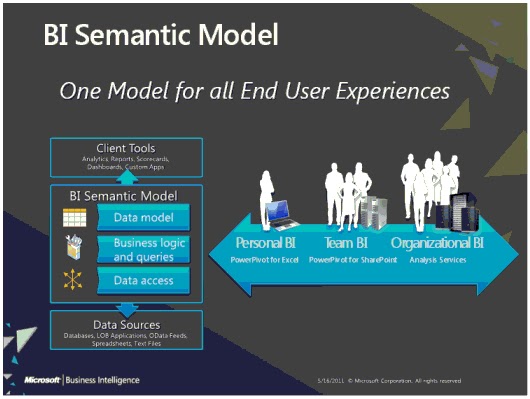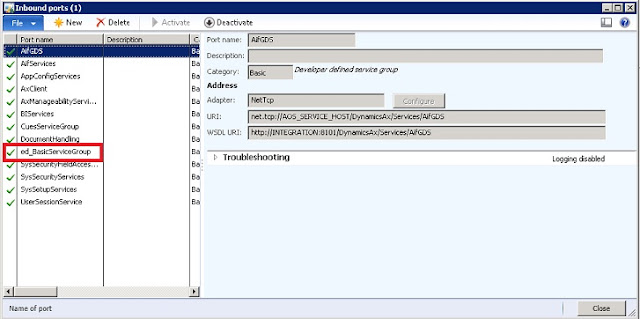Hi There!
On this post I would like to discuss how to solve the CIL compilation error when deploying services for the first time in AX 2012. I have been working on a newly installed AX 2012 CU2 instance this week, and I deployed both basic and enhanced services.
This action was successfully done and I did not experience any issues. However, when I created a new service group and I deployed it, I encounter an error saying “The CIL generator found errors and could not save the new assembly”.
Now, this instance of AX 2012 is using a restored DB backup from another instance as I needed some data and objects already existing. It makes sense to think that this issue is true from the premise that I never went through a full AX and CIL compilation.
In addition, when generating the services through the installation, the references to the .NET Module File and the AX Application DLL were correct, but where they referring to the correct .NET Assembly types for the WFC generated endpoints? I truly don’t know the answer to this and I asked for help.
My friend Bill Bartolotto (you can contact him here at his LinkedIn profile) went through this problem and he helped me solved it in my instance. Bill has a vast experience in AX architecture and is really knowledgeable in AX 2012.
So, how do we fix this problem?
Step 1: Stop the AOS
Atep 2: Delete all of the source in the C:\Program Files\Microsoft Dynamics AX\60\Server\MicrosoftDynamicsAX\bin\XppIL directory
When you do this, just delete all the files within the XppIL folder that are outside of other folders. Make a backup just in case, and the files would be generated while the full compilation is taking place.
Step 3: Start the AOS
Step 3: Perform a full compile (it will not work without doing this)
Step 4: Perform a full CIL generation
The drawback of this fix is that it takes a long time to complete. However, this fixes the issue, which is the desired outcome, and the services deployment and incremental CIL compilations moving forward would be error free.
As you can see, the service was deployed correctly and if I opened my inbound port I'll see it there.
UPDATE:
After a FULL CIL compilation I got the following errors:
AOT > Class> ReleaseUpdateDB41_Basic
I just went to the object in question and compiled them separately.
The outcome would correctly compiled all the artifacts, including my new service gorup.
Until the next post!




















